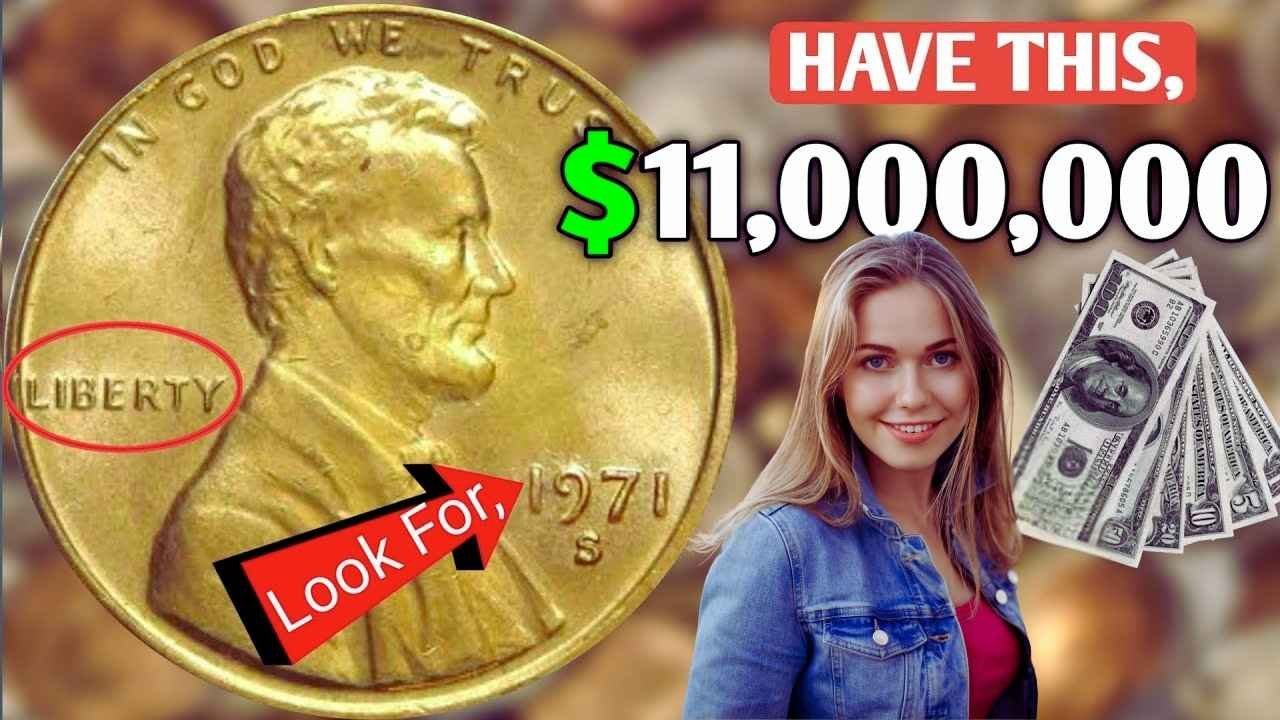Imagine pulling a quarter from your pocket and finding out it’s worth $11 million. Sounds like a dream, but a rare 1976 Bicentennial Quarter could make it real. Minted to celebrate America’s 200th birthday, these coins are common in change jars, but a few special ones have collectors buzzing. With unique errors or silver content, one sold for a jaw-dropping $11.2 million in 2024. Could you have one hiding in your wallet? Let’s dive into what makes these quarters so valuable and how to spot one.
What Is the Bicentennial Quarter?
In 1975 and 1976, the U.S. Mint made special quarters to mark 200 years of independence. These coins stand out with a colonial drummer boy on the back and a “1776-1976” date on the front with George Washington. Over 1.6 billion were made, so they’re easy to find in pocket change. Most are worth just 25 cents, but a tiny number have rare traits that drive their value sky-high. Collectors love them for their history and the thrill of finding a gem.
Why Are Some Worth Millions?
A few Bicentennial Quarters fetch huge sums due to rare features. Some were struck with errors, like double strikes, where the design looks blurry or doubled. Others were accidentally made with 40% silver instead of the usual copper-nickel mix. A super rare one might even be 90% silver, meant only for special sets. Coins in perfect shape, graded MS-68 or higher, also boost value. One 1976-S Silver Proof Deep Cameo with a double strike sold for $11.2 million because it checked all these boxes.
Here’s what to look for in a valuable quarter:
| Feature | Details |
|---|---|
| Date | 1776-1976, possible doubling |
| Mint Mark | S for San Francisco (silver) |
| Material | 40% or 90% silver |
| Errors | Double strike, off-center |
| Condition | Near-perfect, MS-68 or up |
How to Spot a Rare One
Check your quarters for the “1776-1976” date and drummer boy design. Look at the mint mark near Washington’s head. An S means it’s from San Francisco, often silver. Weigh it; normal ones are 5.67 grams, but silver ones are heavier. Use a magnifying glass to spot doubled letters or blurry designs. If it looks shiny and flawless, it might be a proof coin. If anything seems off, take it to a pro at PCGS or NGC for grading. You could be holding a fortune.
Where Might You Find One?
These rare quarters could still be out there. Check your pocket change, coin rolls from banks, or old jars at home. Flea markets, garage sales, or family coin stashes might hide treasures. Some were released by mistake and mixed with regular change. Stories of people finding valuable coins in everyday spots keep the hunt exciting. Even if you don’t hit the $11 million jackpot, other error coins can sell for thousands.
What to Do If You Find One
If you think you’ve got a rare quarter, don’t clean it; that can ruin its value. Store it in a protective holder and get it checked by a coin expert. Places like Heritage Auctions or eBay are good for selling, but pro grading comes first. Join coin clubs or online forums to learn more and connect with buyers. The chase for these coins is half the fun, and who knows? Your next quarter could change your life.
FAQs
How do I know if my quarter is silver?
Look for an S mint mark and a shiny, heavy feel. A coin dealer can test it for silver content.
Are all Bicentennial Quarters valuable?
Most are worth 25 cents. Only those with errors, silver, or perfect condition are worth big money.
Where can I sell a rare quarter?
Try auctions like Heritage, coin dealers, or online sites like eBay after getting it graded by PCGS or NGC.
